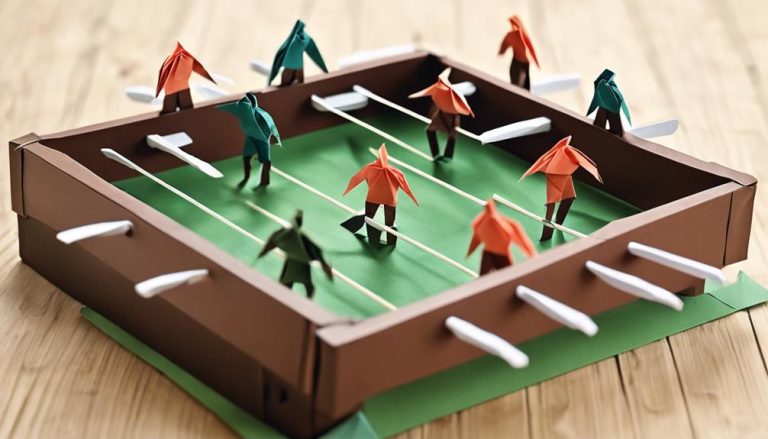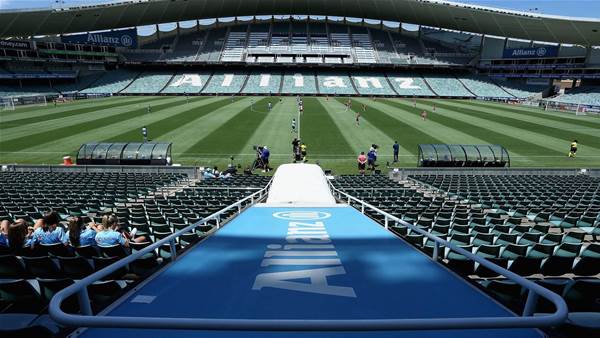General Rules of Horse Polo
In horse polo, defensive strategies are key to avoid easy scores. Communication helps coordinate team efforts. Offensive tactics aim for goals and apply pressure. Riding ability and mallet control are essential skills. Accuracy is vital for successful plays. Learning the general rules sets the scene for this thrilling sport!
Player Positions and Roles
When playing horse polo, each player on the team has specific positions and roles that contribute to the overall strategy and success of the game. Defensive strategies play a pivotal role in ensuring the opposition doesn't score easily. Players need to communicate effectively to coordinate their defensive efforts, ensuring they cover key areas of the field to block opponents' advances. Meanwhile, offensive tactics are essential for putting pressure on the opposing team and scoring goals. Individual skills like riding ability, mallet control, and accuracy in hitting the ball are essential for executing offensive maneuvers successfully.
In polo, team communication is key to executing strategies effectively. Players must constantly communicate with each other to adjust their positions, plan attacks, and defend against the opponent's advances. While teamwork is crucial, individual skills also shine on the field. Each player's expertise in riding, ball control, and strategic thinking contribute to the overall performance of the team. Mastering both defensive strategies and offensive tactics, along with effective team communication and honed individual skills, are necessary for achieving victory in horse polo.
Equipment and Attire Requirements
To participate in horse polo, players must adhere to specific equipment and attire requirements to maintain safety and proper gameplay. Polo mallets are essential tools used to hit the ball, and helmets are vital for protecting the head from potential injuries during the fast-paced game. It is important to wear riding boots that provide ankle support and protection while riding the horse and maneuvering on the field. Additionally, white pants are a traditional part of polo attire, helping players stay cool under the sun and maintaining a classic look on the field.
When selecting a polo mallet, make sure it is the right length for your height to maximize your reach and control during the game. Helmets must be certified for polo use and fit securely to provide adequate protection. Riding boots should have a heel to prevent the foot from slipping through the stirrups while riding. White pants not only contribute to the elegant aesthetic of the sport but also help in distinguishing players on the field. By following these equipment and attire requirements, you can guarantee a safe and enjoyable polo experience.
Field Dimensions and Layout
Now let's explore the layout and dimensions of the polo field, essential for understanding the strategic dynamics of the game and guaranteeing fair competition for all players. A regulation polo field is 300 yards long and 160 yards wide, with goalposts set 8 yards apart. The field is divided into three sections, each measuring 100 yards, known as chukkas. Spectator seating and amenities are strategically placed around the field to provide an ideal viewing experience, allowing fans to immerse themselves in the fast-paced action.
Grounds maintenance is vital to make sure the field remains in top condition for gameplay. Regular upkeep, including mowing the grass to a specific height and watering, is necessary. Safety measures are also paramount, with field boundaries clearly marked to prevent any confusion during play. Additionally, the goalposts are padded to minimize the risk of injury to both players and horses. By adhering to these field dimensions and layout guidelines, polo matches can be conducted smoothly and safely, enhancing the overall experience for everyone involved.
Scoring System and Game Duration
Let's talk points in horse polo! Each goal scored earns your team a point, and the game is usually played over four to six chukkers, each lasting about seven minutes. Understanding the scoring system and game duration is essential for strategizing and enjoying the game to the fullest.
Points per Goal
Understanding the scoring system and game duration in horse polo is essential for players and spectators alike. When it comes to points per goal, consider the following:
- Goalie Strategies and Defensive Tactics: The goalie plays a pivotal role in preventing goals, using strategic positioning and quick reflexes to defend the goalpost.
- Offensive Maneuvers and Shooting Techniques: Players must master offensive tactics like passing, dribbling, and shooting accurately to score goals.
- Game Duration Impact: Each goal adds a point to the team's score, making every successful shot a significant contribution towards winning the match.
Time per Chukker
Exploring the time allocation per chukker is crucial in understanding the scoring system and game duration of horse polo. Each chukker typically lasts 7 minutes, with a total of 6 chukkers in a standard polo match. This structured timing not only adds an element of strategy to the game but also helps manage player fatigue. Chukker strategies often revolve around pacing the gameplay to guarantee peak performance throughout the match. Game breaks between chukkers allow players to rest and strategize for the next round. Chukker rotation is key in maintaining fair play and giving all team members equal opportunities to showcase their skills. Understanding the time per chukker is essential for both players and spectators to fully appreciate the dynamic nature of horse polo.
Fouls and Penalties
When playing horse polo, fouls and penalties are essential aspects that players must be aware of to maintain a fair and safe game. Understanding the rules regarding penalties is important for a smooth gameplay experience. Here are some key points to keep in mind:
- Penalty Enforcement: Referees are responsible for enforcing penalties when fouls occur during the game. It is important to respect their decisions and adhere to the appropriate penalties to uphold the integrity of the match.
- Disciplinary Actions: Players who commit fouls may face disciplinary actions, such as receiving warnings, yellow cards, or even red cards depending on the severity of the offense. Being mindful of your actions on the field is crucial to avoid penalties that could impact your team.
- Referee Judgments: Referees play a crucial role in ensuring fair gameplay by making timely and accurate judgments. Trust in their decisions and refrain from challenging their authority to maintain a harmonious atmosphere during the match.
Respecting the rules related to fouls and penalties is important for promoting sportsmanship and fairness in horse polo.
Player Etiquette and Sportsmanship
To maintain a respectful and fair gameplay environment in horse polo, observing proper player etiquette and displaying sportsmanship is key. Respectful behavior towards teammates, opponents, and officials is fundamental in fostering a positive atmosphere on the polo field. Guaranteeing play not only upholds the integrity of the game but also reflects the values of sportsmanship that are deeply ingrained in the sport of polo.
When it comes to player etiquette and sportsmanship, there are certain guidelines that all polo players should adhere to:
| Player Etiquette and Sportsmanship | Description |
|---|---|
| Respect for Opponents | Treat opponents with respect both on and off the field. Avoid unsportsmanlike conduct. |
| Honesty and Fairness | Play the game honestly, following the rules and maintaining fairness in all actions. |
| Grace in Victory and Defeat | Show grace in both victory and defeat, acknowledging the efforts of all players. |
Frequently Asked Questions
Can Horses of Any Breed Be Used in Polo, or Are There Specific Breeds That Are Preferred?
You can use different horse breeds in polo, but some are preferred for their speed, agility, and stamina. Thoroughbreds and Argentine Polo Ponies are popular choices. This sport demands specific skills and equipment for both horses and riders.
Are There Any Restrictions on the Number of Players That Can Be on the Field at One Time for a Polo Match?
In polo, there are no restrictions on player substitutions during a match. Teams can swap players freely. Matches typically last about 1-2 hours with periodic breaks. The field size and equipment regulations are standardized.
How Are Teams Determined for a Polo Match? Is There a Draft Process or Are Players Assigned to Specific Teams?
In polo, teams are often determined through a draft process where players are selected to form balanced teams. Occasionally, players may be assigned to specific teams based on skill level or affiliation with a particular club.
Is There a Specific Age Requirement for Participating in Polo Matches, or Can Players of All Ages Compete?
You're in luck! Polo matches welcome players of all ages, from junior tournaments to seasoned senior players. Age eligibility varies by skill level, ensuring everyone has a shot at the game. Get ready to ride!
Are There Any Specific Strategies or Tactics That Are Commonly Used in Polo Matches to Gain an Advantage Over the Opposing Team?
To gain an edge in polo, teams often focus on defensive positioning and offensive attacks. Effective team communication and fast shifts between defense and offense are key strategies that can give you an advantage over your opponents.






